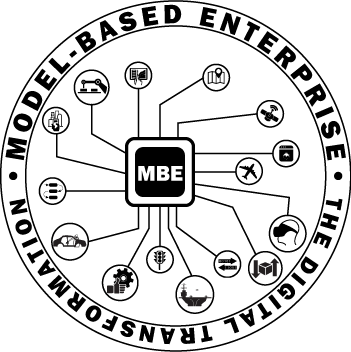
Background
Decentralization of manufacturing systems has amplified the problem of collecting and communicating the product and process specifications needed to make decisions about design, production, and supply chains tasks while delivering products to market. For example, with the growth of global production networks, original equipment manufacturers (OEMs) have increasingly become system integrators rather than just manufacturers. Further, the difficulty of gathering actionable intelligence and lessons learned from processes later in the lifecycle to ensure better decision making earlier in the lifecycle is also amplified.
Thus, manufacturers need the ability to manage the development / redevelopment and deployment of new sub-systems in the immediate presence of legacy applications and systems. Model-Based Enterprise (MBE) must address this industrial need by coupling existing technologies with trusted cyber-physical systems (CPS), Industrial Internet of Things (IIoT), and artificial intelligence (AI) to enable advanced configuration management of the product lifecycle. The American Society of Mechanical Engineers (ASME) and others advocate that making emerging technologies accessible to SMEs will ensure the U.S. industrial base remains competitive. MBE supports U.S. industry's competitiveness and address industry's need for interoperability across decentralized systems.
2019 Summit
The goal of the MBE Summit is to identify challenges, research, implementation issues, and lessons learned in design, manufacturing, quality assurance, and sustainment of products and processes where a digital three-dimensional (3D) model of the product serves as the authoritative information source for all activities in a product's lifecycle. The theme of the MBE Summit 2019 is Democratizing the Implementation of MBE. The model-based community has moved beyond the question of “why is MBE important?” to “how do we deploy MBE?”. The 10th MBE Summit is focused on highlighting the long history of MBE and real-world implementations of MBE in practice. Academia, government, and industry practitioners are encouraged to submit papers topics related to this year’s theme using the following tracks: 1) Systems Engineering and Lifecycle Management; 2) Design; 3) Manufacturing; 4) Quality and Inspection; and 5) Operations, Logistics, and Sustainment.
View the event program (with speakers and abstracts) at: https://easychair.org/smart-program/MBE2019/
For a complete view of the program (including abstracts), please visit https://easychair.org/smart-program/MBE2019/.
Monday, April 1
1 PM - 5 PM: Model-Based Enterprise 101 — Introductory training and overview of MBE, led by Bryan Fischer.
Tuesday, April 2
9 AM - 12:30 PM: Plenary session with opening talks and invited speakers
1:30 PM - 2 PM: Plenary session of technical demonstrations
2 PM - 5 PM: Technical session breakouts
Wednesday, April 3
8:30 AM - 9:30 AM: Plenary session of technical demonstrations and/or panel discussion
9:30 AM - 12:30 PM: Technical session breakouts
1:30 PM - 2:30 PM: Plenary session with invited speaker
2:30 PM - 5 PM: Technical session breakouts
Thursday, April 4
8:30 AM - 9:30 AM: Plenary session of technical demonstrations and/or panel discussion
9:30 AM - 12:30 PM: Technical session breakouts
1:30 PM - 3:30 PM: Plenary session of closing talks
Keynote Speaker
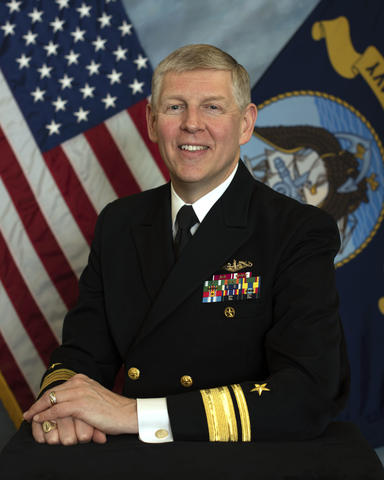
|
Rear Admiral Lorin Selby
Chief Engineer and Deputy Commander for Ship Design, Integration and Naval Engineering
Naval Sea Systems Command (NAVSEA 05)
Rear Adm. Lorin Selby graduated from the University of Virginia with a Bachelor of Science in Nuclear Engineering and earned his commission through the Navy’s Reserve Officers Training Corps program. He also holds a Master of Science in Nuclear Engineering and a Nuclear Engineer degree from the Massachusetts Institute of Technology.
As the Navy’s chief engineer and the Naval Sea Systems Command (NAVSEA) Deputy Commander for Ship Design, Integration and Naval Engineering (SEA 05), Selby leads the engineering and scientific expertise, knowledge and technical authority necessary to design, build, maintain, repair, modernize, certify and dispose of the Navy's ships, aircraft carriers, submarines and associated combat and weapons systems.
Invited Speakers
Talk: Open Model-Based Engineering Environments
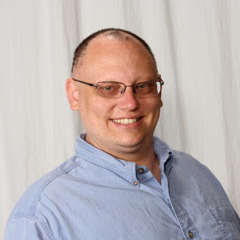
|
Mr. Christopher Delp
Manager, Computer Aided Engineering Systems and Software Environments
NASA Jet Propulsion Laboratory
Christopher Delp is the Manager of the Computer Aided Engineering Systems and Software Environments (CAE SSwE) at JPL. CAE SSwE provides a cutting-edge Engineering Environment for modeling systems, analysis and a software development based on Open MBEE. Previously he led the Model Environment Development effort on Europa Clipper which built the Model-Based Engineering Environment and the Open MBEE community of open source Model-Based Engineering software and models. He has worked in a variety of roles on JPL Flight Projects in Systems Engineering and Software Engineering. His experience includes Architecture and Design of Systems, Safety Critical software development and testing, and the application of Systems Engineering across the lifecycle. He is recognized as an industry leader in MBSE and Model-Based Engineering Environments.
Talk: Integrating Sustainment Throughout the Model Based Enterprise

|
Dr. Marilyn Gaska
LM Fellow and Chief Engineer, Logistics and Sustainment
Lockheed Martin
Dr. Marilyn Gaska is currently the Corporate Logistics and Sustainment Chief Engineer and Fellow in the Office of the CTO organization at Lockheed Martin Corporation, Bethesda, Maryland. At Lockheed Martin, she is responsible for the sustainment vision and technology roadmap, and she leads the Full Spectrum Capability ManagementTM initiative. She has led collaboration with the Services for the Logistics Future Operating Concepts and Logistics and Sustainment Enterprise 2040 to include additive manufacturing leverage for sustainment, initial collaboration on confined space monitoring, and Innovation Center concept collaboration. She is the Lockheed Martin lead for the Sustainment Innovation Collaborative Competition among the three Service Academies. Externally she is the chair of American Makes Additive Manufacturing Maintenance and Sustainment Advisory Group started in 2015. In 2017 she was a recipient of an America Makes Ambassador Award. Marilyn’s Ph.D. degree in Systems Science and Industrial Engineering was received from Binghamton University in 1999. She also earned a Master’s Degree in Advanced Technology at Binghamton. Marilyn graduated from Cornell University in Ithaca, NY with Bachelor’s and Masters of Science degrees.
Talk: Towards Self-Aware Manufacturing
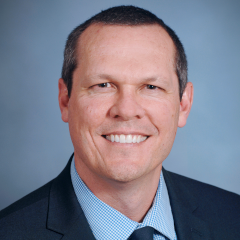
|
Dr. Tony Schmitz
Professor and Assistant Director, Energy Production and Infrastructure Center
University of North Carolina, Charlotte
Tony Schmitz received his BS in Mechanical Engineering from Temple University in 1993, his MS in Mechanical Engineering from the University of Florida in 1996, and his PhD in Mechanical Engineering from the University of Florida in 1999. Schmitz completed a post-doctoral appointment at the National Institute of Standards and Technology (NIST) and was then employed as a Mechanical Engineer from 1999-2002. During this time, he was also a lecturer at Johns Hopkins University. Schmitz accepted an appointment in the University of Florida’s Department of Mechanical and Aerospace Engineering (UF MAE) in 2002 and joined the Mechanical Engineering and Engineering Science Department at the University of North Carolina at Charlotte in 2011.
MBE 101 Workshop
The workshop will include an overview of MBD and MBE fundamentals, data types and dataset classifications, how MBD and MBE differ from traditional business processes, justification for, benefits of, and opportunities created by MBE, cultural and business implications of MBE, transition and implementation strategies, and what it takes to become a model-based enterprise. Key takeaways will be understanding data types and dataset classes, the effect of MBE on how we do business, the difference between a document-based environment and a model-based environment, and how MBE enhances productivity, quality, and throughput within an enterprise and throughout its supply chain.
High-Level Outline
|
|
Presented by
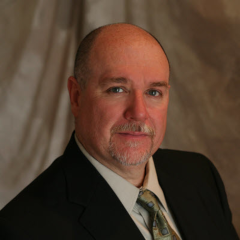
|
| Bryan R. Fischer President TDP360 LLC |
Bryan Fischer is a leading expert and published author with over 30 years’ experience in mechanical design and engineering, specializing in 3D methods, CAD, PMI, 3D Model-Based Definition (MBD), Model-Based Enterprise (MBE), GD&T, and ISO GPS. Bryan is a trainer and consultant helping companies learn and implement MBD, MBE, GD&T, and GPS to improve their productivity and quality. Bryan has been active in national and international standards development throughout his career. He is a leading researcher and developer of standards, processes, and tools for the implementation of 3D MBD and MBE.

